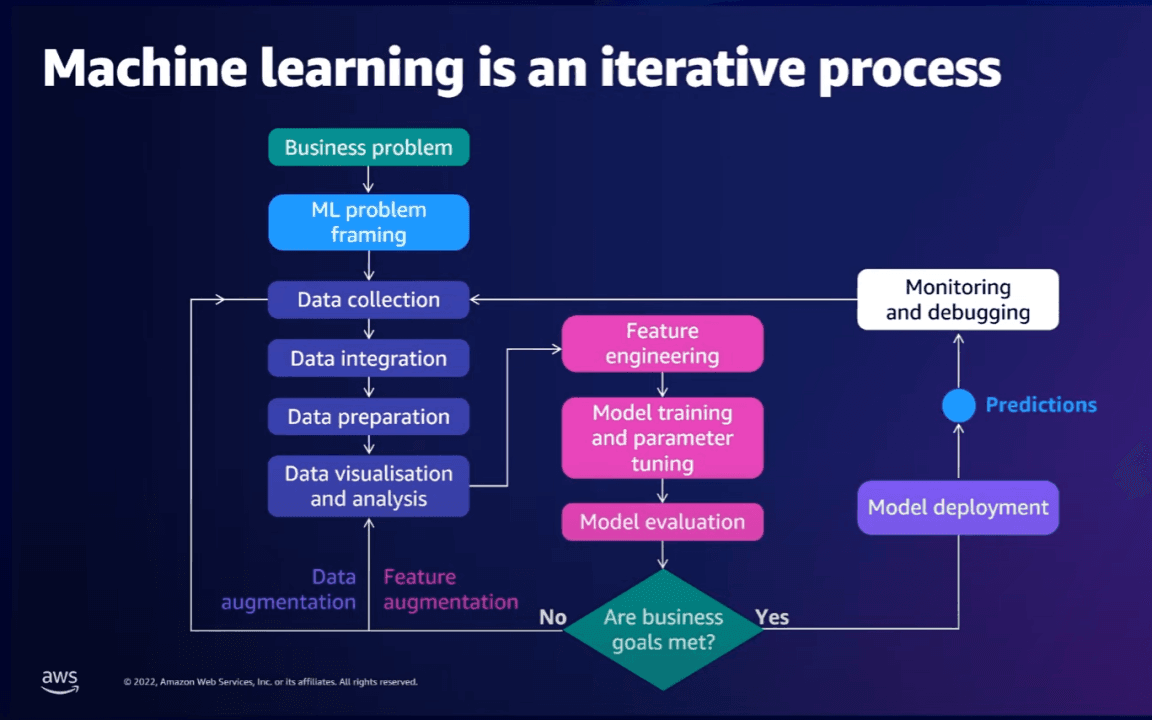Integrating Machine Learning into Legacy Systems: Overcoming Challenges and Implementing Effective Strategies
Introduction
Machine learning (ML) has become a transformative force across industries, driving efficiency and innovation. However, many organizations still rely on legacy systems that were not designed with ML in mind. Integrating machine learning models into these existing frameworks can present significant hurdles, but the benefits make it a worthwhile endeavor. Successfully modernizing legacy systems with ML can help businesses leverage advanced analytics, automate processes, and unlock new insights from historical data. In this post, we’ll explore the complexities and best practices for integrating machine learning into legacy systems.

Understanding the Integration of Machine Learning into Legacy Systems
Legacy systems are often built using outdated technology stacks that lack the flexibility to support modern applications like machine learning. Integrating ML into these systems involves bridging the gap between new data science techniques and old architectures. This integration can be particularly challenging because legacy systems often lack the scalability, processing power, and data accessibility required for ML applications.
Before diving deeper into the technical aspects, it’s crucial to define the key terms:
-
Machine Learning (ML): A subset of artificial intelligence that enables systems to learn from data patterns and make predictions or decisions without explicit programming.
-
Legacy Systems: Software applications or hardware that, despite being outdated, are still in use due to their critical role in business operations.
-
Integration: The process of combining newer systems and technologies with existing legacy frameworks to achieve functional interoperability.
Key Challenges in Integrating Machine Learning into Legacy Systems
Technological Constraints
Legacy systems often run on outdated programming languages or platforms (e.g., COBOL, Fortran). These platforms may not support modern libraries or frameworks like TensorFlow or PyTorch, making direct integration difficult. Additionally, the lack of APIs or integration points in older systems complicates data sharing and communication between ML models and legacy applications.
Data Limitations
Machine learning models thrive on high-quality, structured data. Unfortunately, legacy systems often store data in inconsistent formats or silos, making it challenging to extract and preprocess data for training models. In some cases, data might be locked in formats like mainframe databases or spreadsheets, requiring extensive data transformation and cleaning.
Scalability and Performance Issues
Legacy systems typically have limited processing power and storage capacity, which are not suitable for training large-scale ML models. Even if the model is pre-trained, running inference on legacy infrastructure can lead to latency and performance issues.
Organizational Resistance
Beyond technical limitations, there may be resistance to change within the organization. Employees accustomed to legacy systems might be hesitant to adopt ML-driven processes, fearing job displacement or operational disruptions.

Strategies for Successfully Integrating Machine Learning into Legacy Systems
Use APIs and Middleware Solutions
Deploying middleware that acts as a bridge between the legacy system and ML models can facilitate data flow and communication. APIs can be used to expose functionalities of the legacy system to external ML models, enabling seamless interaction.
Adopt a Hybrid Approach
Implement a hybrid architecture where legacy systems continue to handle existing business operations, while ML models run on separate, modern infrastructure. For example, data can be extracted from legacy systems and processed by ML models in cloud environments, with the results fed back to the legacy system.
Incremental Integration
Instead of a full-scale overhaul, integrate ML functionalities incrementally. Start by identifying a few key processes where ML can add value, such as predictive maintenance or fraud detection. Prove the benefits in these areas before scaling up.
Data Modernization
Consider modernizing the data architecture by migrating legacy data to a new data warehouse or lake that can handle both structured and unstructured data. Tools like ETL (Extract, Transform, Load) pipelines can help automate the data extraction and preparation process.
Leverage Microservices Architecture
Decoupling monolithic legacy systems into smaller microservices allows for easier integration of ML models. Microservices can be used to handle specific tasks, like classification or recommendation, independently of the core system.
Advantages and Challenges of Integrating ML into Legacy Systems
Advantages
-
Enhanced Decision-Making: By integrating ML, businesses can utilize predictive analytics and automation, making data-driven decisions faster and with higher accuracy.
-
Increased Efficiency: Routine and repetitive tasks can be automated, freeing up human resources for more strategic roles.
-
Extended System Longevity: Integrating new technology into legacy systems can extend their lifespan, providing continued value without the need for a complete system overhaul.
Challenges
-
High Initial Costs: The cost of integration can be high due to the need for new tools, platforms, and skilled personnel.
-
Complexity and Risk: There is always a risk of disruptions during the integration process, potentially leading to downtime or performance degradation.
-
Maintenance Challenges: Hybrid systems combining legacy and modern components can become difficult to maintain over time, requiring specialized knowledge.
Practical Tips for Successful Integration
-
Conduct a Thorough System Audit: Assess the capabilities and limitations of your legacy system to identify the best integration points for ML models.
-
Choose the Right ML Models: Select models that can operate efficiently within the constraints of the legacy system. For instance, use lightweight models for systems with limited computational power.
-
Focus on Data Quality: Ensure that data fed into ML models is clean, consistent, and reliable. Implement data governance policies to maintain data quality standards.
-
Test and Validate: Run tests to validate the performance and accuracy of the integrated system. This helps identify potential issues early and reduces the risk of system failures.
Conclusion
Integrating machine learning into legacy systems is a challenging but rewarding endeavor. With careful planning, strategic implementation, and a willingness to overcome technical and organizational hurdles, businesses can unlock new value from their existing infrastructure. By following best practices and staying agile, companies can achieve a seamless integration that combines the strengths of legacy systems with the transformative power of machine learning.
Taking the leap into modernizing legacy systems with ML is not just about technology—it's about future-proofing your organization and gaining a competitive edge in an increasingly data-driven world.